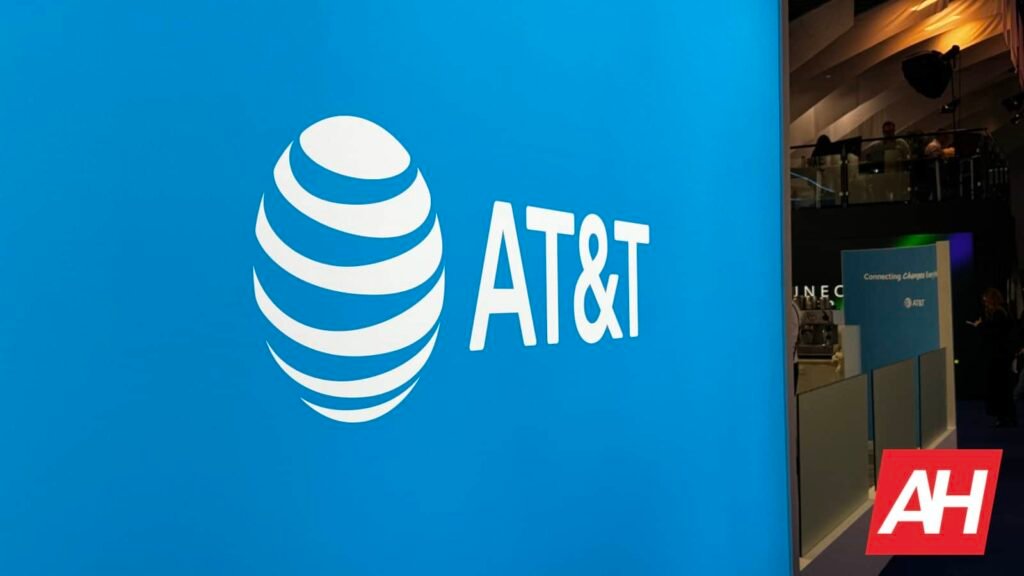

In the US, you have three major carriers competing with each other for customers. But which is the best? That’s a bit hard to say because it depends on what you need. Do you want unlimited plans? Do you prioritize reliable coverage? Or maybe you prioritize speed. If download speed is of the utmost importance to you, a recent AT&T versus T-Mobile test has found the former completely destroying the latter.
AT&T destroys T-Mobile in download speed test
The Tech Life Channel conducted a speed test near a tower hosting both carriers’ networks. The AT&T versus T-Mobile download speed comparison showed impressive results for AT&T. Based on the test, it managed to reach peak download speeds of 1,543 Mbps and upload speeds of 132 Mbps. Meanwhile, T-Mobile recorded download speeds of 1,120 Mbps and upload speeds of 138 Mbps. That’s a significant difference in download performance, with AT&T coming out on top by over 400 Mbps.
However, it’s worth noting that T-Mobile showed better performance in other areas. The magenta carrier demonstrated lower latency. This might matter more for real-time applications like online gaming, video calls, and streaming. T-Mobile also edged out AT&T slightly in upload speeds at 138 Mbps versus 132 Mbps. However, it’s worth noting that these tests were conducted close to a tower under ideal conditions.
This means that real-world performance may vary depending on where you are. Worth noting is that T-Mobile has historically achieved even higher peak speeds of up to 6.3 Gbps in other locations, though median speeds for typical users average around 299 Mbps.
Late to the party, but does it matter?
Another thing we want to point out is that this test was conducted using the carriers’ 5G SA (Standalone) networks. AT&T rolled out its 5G SA network nationwide five years after T-Mobile launched theirs. Despite this significant delay, the speed test suggests AT&T’s late entry might not have mattered.
For those unfamiliar, 5G SA represents a major upgrade from earlier 5G networks. In the past, carriers that offered 5G connectivity relied on existing 4G LTE infrastructure as a foundation. Those networks, known as Non-Standalone (NSA), basically piggybacked on 4G cores to deliver 5G speeds. SA networks, however, run independently with their own core infrastructure. This independence delivers lower latency, better network efficiency, improved capacity, and potentially faster speeds overall.
The post AT&T Crushes T-Mobile in Download Speed Test Results appeared first on Android Headlines.


